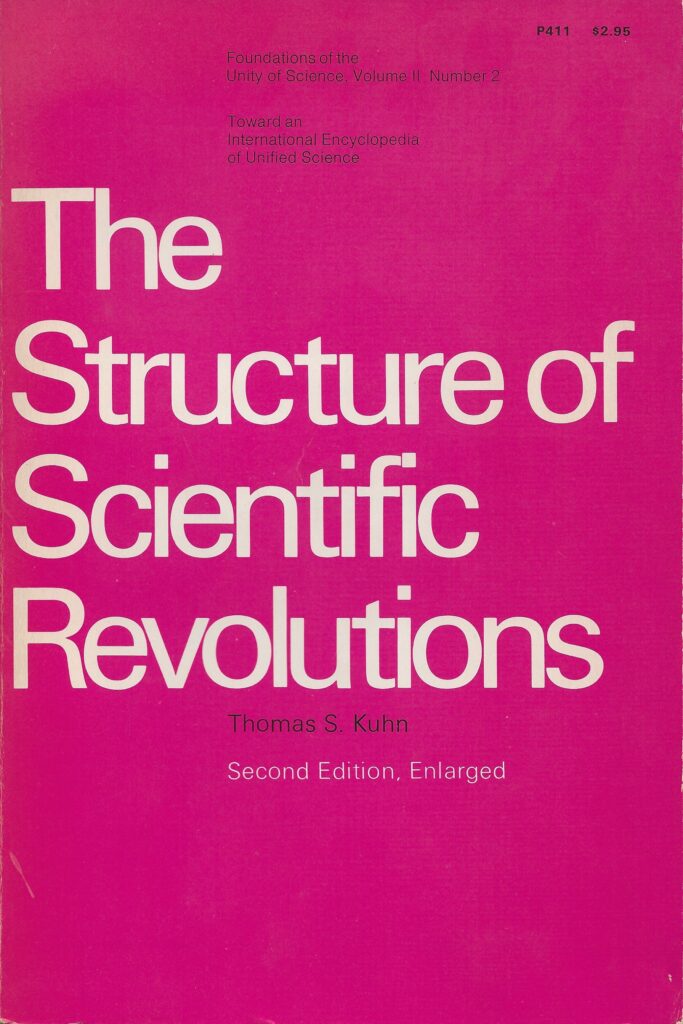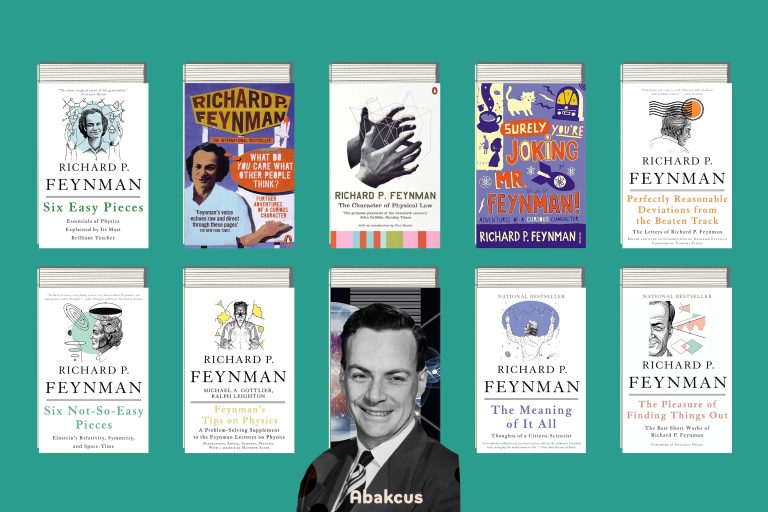Exploring the evolution of science through the lens of history not only enriches our understanding of the natural world but also illuminates the profound impact scientific discoveries have had on society and human thought. The best history of science books weave together compelling narratives of innovation, daring pursuits of knowledge, and the relentless quest to understand the universe’s mysteries.
These history of science books span across various disciplines, from the astronomical observations of ancient civilizations to the groundbreaking experiments in physics and biology that defined the modern era. This list of history of science books aims to guide readers through a curated selection of distinguished titles that reveal the intricate tapestry of scientific advancement and its indelible mark on human history.
Scientific discoveries have had a monumental impact on the fabric of society, revolutionizing how we live, think, and interact with the world around us. These breakthroughs often serve as catalysts for further innovation, setting the stage for advancements in technology, medicine, and industry. Beyond the tangible, the pursuit and application of scientific knowledge have profoundly influenced philosophical and ethical conversations, challenging existing beliefs and inspiring a deeper inquiry into the nature and purpose of our existence. The ripple effects of these discoveries underscore the interconnectedness of science and society, driving progress and shaping the course of human history.
The Very Best History of Science Books

The 20+ history of science books listed below promise more than just an academic foray into the chronicles of scientific inquiry; they serve as a testament to the nobility of the human spirit. Engaging with these history of science books, readers will find themselves on a profound journey that not only charts the monumental leaps in human understanding and capability but also invites a deeper introspection into their personal ethos and worldview.
These history of science books do not merely recount historical events; they challenge us to think more critically about the role of science in shaping societal values, ethical considerations, and our collective aspirations. In essence, they make us more noble, enriching our appreciation for the relentless pursuit of knowledge and the indomitable desire to make the world a better place.
For years, I had this book, Gödel, Escher, Bach: an Eternal Golden Braid by Douglas Hofstadter, sitting on my shelf, untouched. Its daunting length and density always kept it at the bottom of my “to read” list. But, on impulse, I decided to give the first chapter a shot. And boy, was I hooked within the first few pages! After a few months of slow progress, I finally finished it. Now, let me give you a brief review.
As the title suggests, Gödel, Escher, Bach delves into the interconnected worlds of Kurt Gödel, M.C. Escher, and Johann Sebastian Bach. What ties these three geniuses together is the concept of strange loops – those self-referential puzzles found in hierarchical systems. Hofstadter begins by exploring intuitive examples of this concept: Bach’s canons, Escher’s mind-bending staircases, and the infamous Epimenides paradox – “I am lying.”
The first half of the book gradually builds up to a deep dive into number theory, ultimately leading to Gödel’s Incompleteness Theorem. This groundbreaking theorem reveals that formal mathematics itself contains a self-referential strange loop. It shows that no system of number theory can be both “complete” and “consistent” – there are always true statements that cannot be proven within the system. Hofstadter takes over 100 pages to unravel the intricacies of the Incompleteness Theorem, so I won’t attempt to do so here!
In the second half of the book, Hofstadter explores the far-reaching implications of this discovery, from artificial intelligence to biology, symbolic reasoning, computer science, and the philosophy of mind.
What sets Gödel, Escher, Bach apart is its unique structure. Each traditional chapter is followed by a fictional dialogue between recurring characters. These dialogues, often allegorical in nature, foreshadow or embody the concepts that the subsequent chapter explores in a more concrete way. Sometimes, the structure of the dialogue itself becomes the “message,” like a fugue, while other times, the dialogue indirectly describes a concept, using tools like a “universal record player” to delve into self-reference and formal undecidability.
Most of the book has stood the test of time remarkably well. However, the last third contains some significant missed predictions, which somewhat detract from an otherwise captivating philosophical exploration of AI and computation. Notably, the author repeatedly emphasizes that a chess program would not surpass a human player until we achieve something close to artificial general intelligence.
Similarly, the sections on AI may feel dated to modern readers. The book predominantly focuses on symbolic AI approaches, which align neatly with the discussion of formal systems. Since its publication, non-symbolic AI has gained popularity, and it seems to be the path that most AI researchers are pursuing. Consequently, many of the author’s predictions about AI fall flat.
If you’re not interested in the latter half, fear not! The first half of the book stands on its own, offering an exciting journey through the proof of Gödel’s incompleteness theorem. Starting with an introduction to formal systems, transitioning to number theory and propositional logic, and culminating in an intuitive proof of the incompleteness theorem, it’s a self-contained adventure worth experiencing.
Personally, I found the sections on number theory quite accessible. Even the description of Gödel’s incompleteness theorem, though complex, made sense to me – but I had some prior exposure to it. For a more concise explanation of Gödel’s theorem, I highly recommend this Quanta article: How Gödel’s Proof Works.
Upon reflection, I realized that the order in which the three figures are mentioned in the title is fitting: Gödel, Escher, and Bach. At its core, this book delves deep into formal systems and the reasoning behind symbols, which falls right into the domain of Gödel. Escher’s works serve as visual metaphors for these concepts – recursion, self-reference, and more. As for Bach, discussing his contributions proves more challenging in a text-based medium, so he is mentioned less frequently, albeit indirectly, with respect to the structural elements of music, rather than its aesthetics or auditory mechanics.
Discover the groundbreaking insights of Thomas S. Kuhn in his influential book, “The Structure of Scientific Revolutions.” In this captivating read, Kuhn reveals his revolutionary perspective on how scientific knowledge progresses. He introduces the concept of paradigms, which encompass theories, research methods, and standards that define a scientific discipline. Through engaging in “normal science,” researchers refine these paradigms and solve puzzles within their field. However, as unexplainable anomalies accumulate, a crisis ensues, leading to a paradigm shift and a new way of comprehending the world.
Drawing upon historical examples from physics, chemistry, astronomy, and even geology, Kuhn showcases how past scientists approached questions and challenges in vastly different ways. From Aristotle and Newton to Einstein, these pioneers shaped the scientific landscape through their paradigm-shifting discoveries.
Kuhn’s work has popularized the buzzwords “paradigm” and “paradigm shift,” influencing the way we understand and discuss scientific advancements. Throughout his book, Kuhn illuminates three key insights.
Firstly, he highlights the novelty of unifying paradigms in scientific fields. Previously, scientists began with varied principles and ideas before gradually forming shared understandings and refining their pursuits. This shift allowed for specialized communication and progress within limited peer groups, contributing to science’s historical retreat to its ivory tower.
Secondly, Kuhn argues that scientists often cling to old paradigms, creating ad hoc explanations to maintain their validity. However, a new paradigm emerges and presents itself as a more fitting alternative, challenging the old ways of thinking. Kuhn likens this process to natural selection, where survival in the present takes precedence over achieving an ultimate goal. Convincing and converting others to embrace a new paradigm is a slow and human endeavor, with young scientists often at the forefront of novel ideas.
Lastly, Kuhn sheds light on the hidden and forgotten history of scientific revolutions. He critiques textbooks for glossing over the intricate and complex past of scientific disciplines, focusing solely on the current paradigm. This truncation of history fosters the misconception that science progresses linearly through accumulating facts, theories, and methods. Instead, Kuhn reveals that revolutions occur, rewriting textbooks and prompting scientists to approach problems from fresh perspectives.
With its readable prose and intellectually stimulating ideas, “The Structure of Scientific Revolutions” remains a timeless masterpiece by Thomas S. Kuhn. Join the ranks of those inspired by his groundbreaking theories and embark on a journey of scientific discovery.









